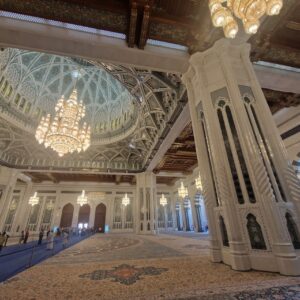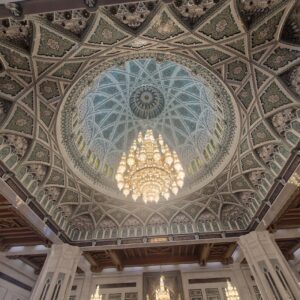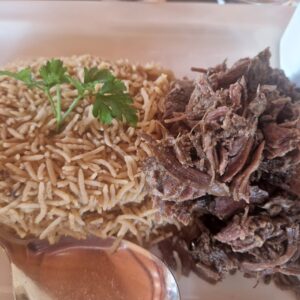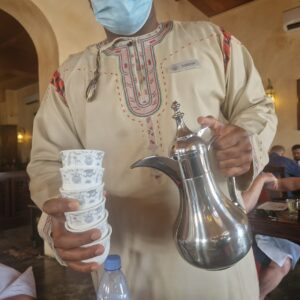Travelogue
By Robert Čoban
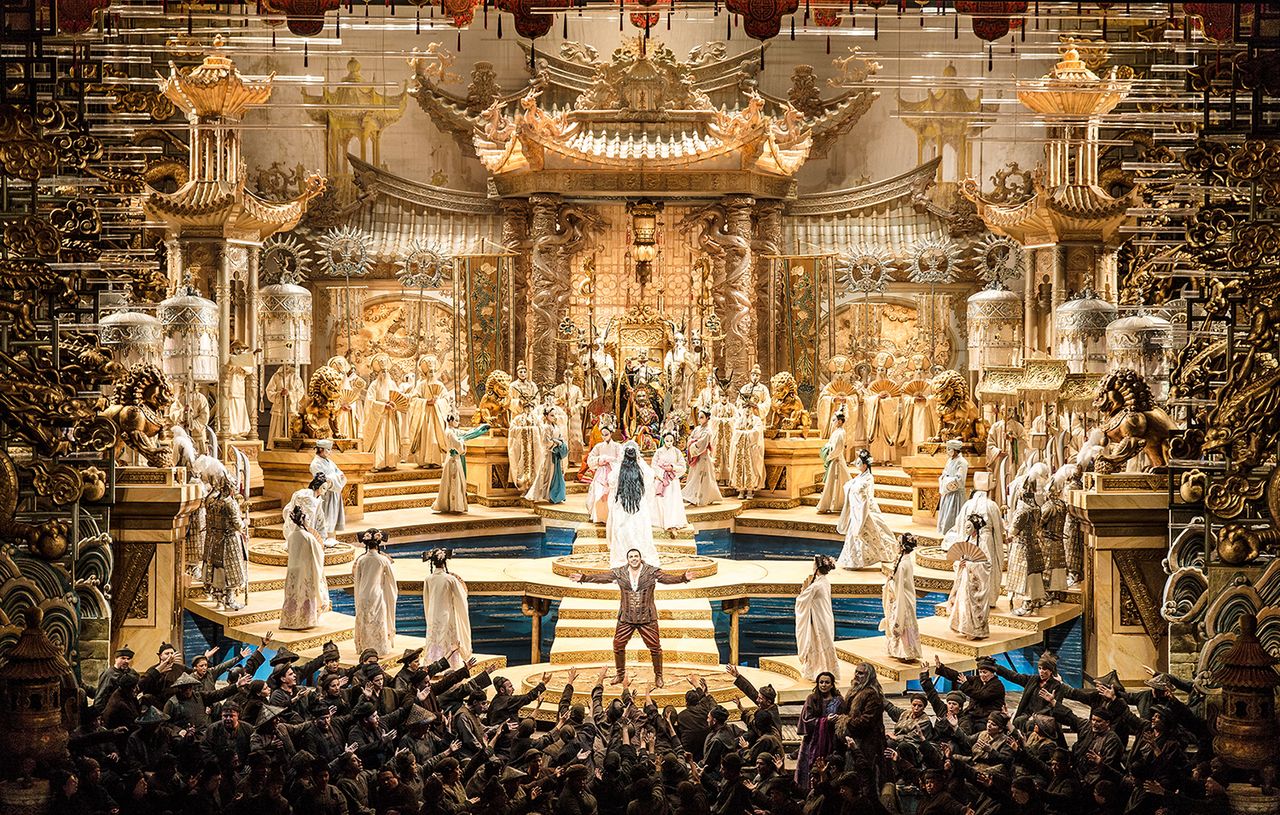
The Sultanate of Oman, sandwiched between the United Arab Emirates, Saudi Arabia and Yemen on the mainland and Iran on the other side of the sea, looks completely different from all the countries of the Arabian Peninsula, thanks mostly to Qaboos ibn Said el Said, the controversial but progressive Sultan who ruled the country for exactly 50 years.
When I was in Zanzibar four years ago, I heard about the gruesome details of the Zanzibar Revolution in 1964, which I wrote about for Vreme weekly (no. 1464, January 2019) in the article titled “On the Beaches of the Forgotten Genocide”.
During the Zanzibar Revolution, on January 12, 1964, Sultan Jamshid Bin Abdullah of the Omani royal family, which had ruled the island since 1698 (together with the British from 1890 to 1963), was overthrown. It is also interesting to note that in 1840, the Sultan of Oman moved the seat of his dynasty from Muscat in Oman to Zanzibar, thousands of miles away, similar to when the Portuguese royal family fled from Napoleon and moved to Brazil in 1807.
This revolution was also special in that it is known as the only genocide in history that was almost entirely recorded on camera, thanks to a team of Italian documentarians who were filming the film Africa Addio, dedicated to the decolonization of the Black Continent, who happened to be there. The Italians managed to capture incredible scenes from the helicopter, which they later included in the film. We see endless columns of Arab civilians marching along roads between palm trees and looking like a giant white snake; when the helicopter approaches, armed black guards are seen escorting them out; a little later, groups of a hundred people are separated and sent to pre-prepared shallow pits in which they were thrown after they were killed. One of those who escaped this genocide was Farrokh Bulsara, who would later become the world-famous Freddie Mercury.
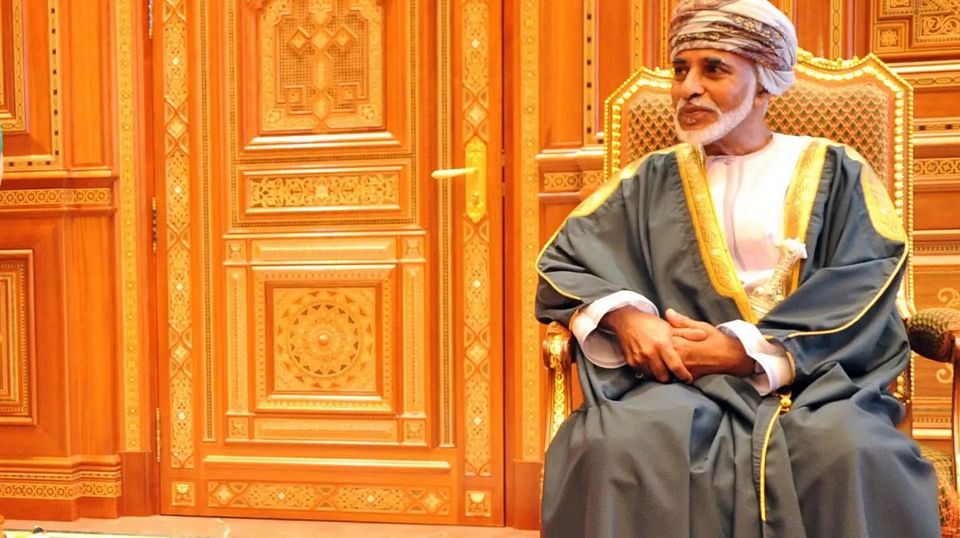
Sultan Qaboos came to power in 1970 when, with the help of the British, he overthrew his father Said Bin Taimur (who ruled from 1932 to 1970)
These were the images that raced through my head when my wife, I and our company disembarked last week at the port of Matrah near Muscat, the capital of the Sultanate of Oman. Like several other institutions and toponyms in the country, the port is named after Qaboos ibn Said el Said, the controversial but progressive sultan who ruled the country for exactly 50 years.
We go through the usual rejection of offers from local salesmen that is so common in places like this. First, they offer you an official “hop-on hop-off” city sightseeing bus for 75 euros per person. A little further down is the first round of taxi drivers who offer a three-hour long sightseeing tour for the price of 100 euros per car with four people in. Then we finally reach the taxi driver at the very exit of the port with whom we agreed on the price of 60 euros per car, an acceptable 15 euros per person.
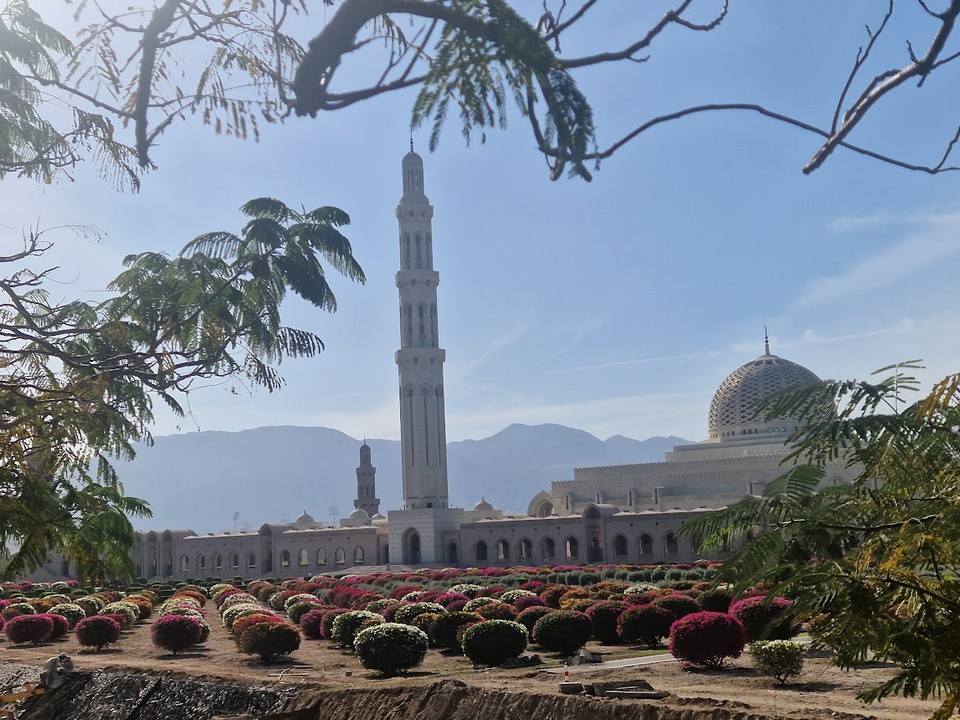
The first stop of our visit is the Grand Mosque, which, you guessed it, is named after Sultan Qaboos, who ordered its construction in 1992. Officially opened in 2001, the Sultan Qaboos Grand Mosque accommodates 25,000 worshipers and has five minarets, the tallest of which is 90 metres. It is made of 300,000 tonnes of stone with doors and windows made of wood and glass. The large “men’s hall” accommodates 6,500 worshipers, while the smaller “women’s hall” can take 750.
Women in our group were given headscarves and the men, who wore short trousers, could rent an Arabic caftan dress for 8 euros. The first thing we see are large areas covered in flowers and water. Ivo Andrić’s words come to mind: “It is difficult to find a building in the Orient that is entirely beautiful and clean, and that one has no objections about. But, on the other hand, there is no building in the East that, no matter how dilapidated and neglected it is, does not have at least an inch of green gardens, or a fountain of living water, or just a single pot of carefully tended fuchsias or floribunda roses”.
The Persian carpet in the Grand Hall has as many as 1,700,000,000 knots, spans 4,343 square metres and weighs 21 tonnes. It took the Iran Carpet Company four years to make the carpet. It was once the largest carpet in the world, but after the construction of the Sheikh Zayed Mosque in Abu Dhabi, it fell to second place. Above the carpet and the worshipers hangs a 14-metre-high chandelier (the work of the Italian company Faustig). It weighs 8.5 tonnes and contains 600,000 crystals and 1,122 halogen light bulbs.
The next stop on our visit is The Royal Opera House Muscat which from the outside is not as impressive as the one in Sydney, for instance, but its interior leaves you breathless. A guided tour of the Opera costs 8 euros.
The opera building is located in the street which, of course, bears the name of Sultan Qaboos, who was a great lover of opera and art in general. The opera has 1,100 seats and was officially opened by the Spanish tenor Plácido Domingo where he sang Turandot. Andrea Bocelli and Renée Fleming performed on this opera stage too. While walking us around the spacious hall, the guide shows us the old and rare instruments that the sultan received as gifts, some of them dating back to the 18th century.
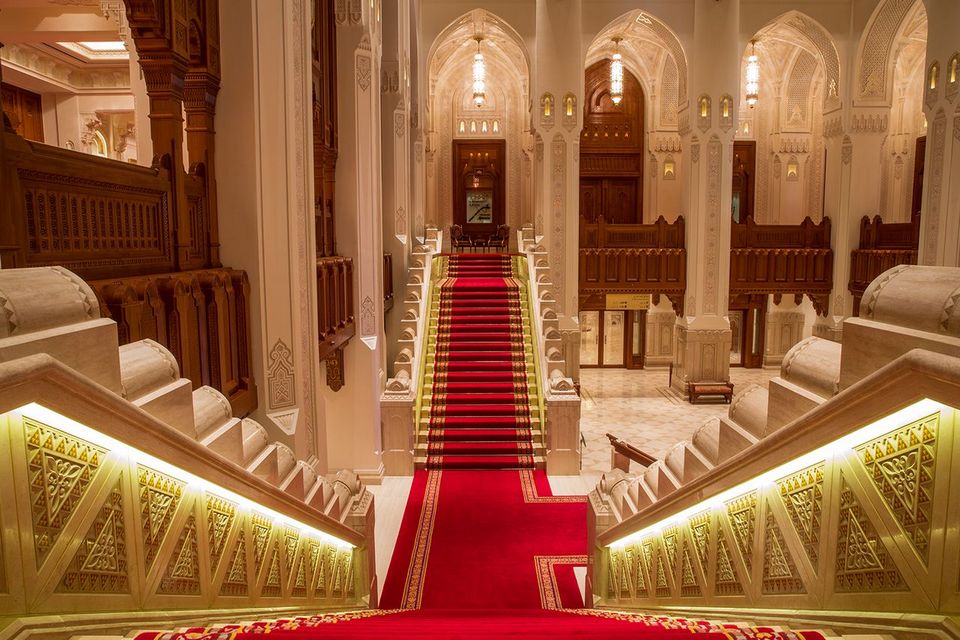
The driver suggests that we extend our tour by another hour because we still have to visit the Al Alam Palace, one of Sultan’s six residences. We can do everything else on foot. The palace was built 200 years ago by Sultan bin Ahmed who ruled Oman, the ancestor of the current ruler Sultan Haitham. The palace has a blue and gold façade and is not open to the public, but it is possible to walk up to the fence and photograph it. Next to the palace are the Al-Mirani and Al-Jalali fortresses, which were built by the Portuguese in the 16th century.
By the way, Sultan Qaboos came to power in 1970 when, with the help of the British, he overthrew his father Said Bin Taimur (who ruled from 1932 to 1970). While the deposed Sultan was spending his last days at the Dorchester Hotel in London, his son was consolidating his power in the country.
The act on the abolition of slavery was one of the first acts Sultan Qaboos signed after coming to power
In addition to the reforms he implemented, Sultan Qaboos had exquisite taste in the arts. He loved classical music and was a particular fan of the organ. He married his cousin in 1976, but the childless marriage ended in divorce three years later. The article on Qaboos’ death in 2020, which appeared in London’s The Times, speculated that the sultan might have been gay.
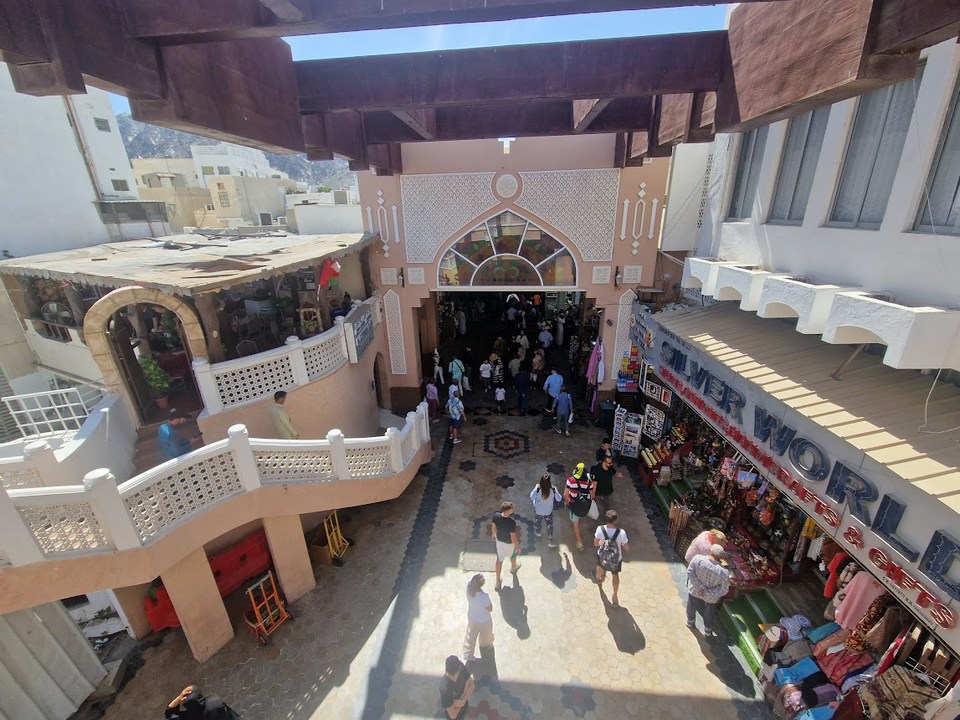
Nevertheless, Qaboos will be remembered for the fact that, in a turbulent environment (civil war has been going on in neighbouring Yemen for years), he managed to make his country the “Switzerland of the Arabian Peninsula” and a diplomatic port where representatives of the warring parties come for negotiations.
When he overthrew his father in 1970, Qaboos ascended the throne of an impoverished sultanate rife with poverty, illiteracy and disease. The act on the abolition of slavery was one of the first acts he signed after coming to power. Life expectancy in Oman was 40 years and there were only 9.6 kilometres of paved roads in the entire country at the time he became a ruler. Today, life expectancy is 70 years, and over 90% of the population is literate.
The day after Sultan’s death, an envelope was opened in which Qaboos, who had no offspring, named his successor. The current Sultan Haitham bin Tariq is 67 years old, and has two sons and two daughters. The sultan’s older son is also the current minister of culture, sports and youth.
We ended the ride at the souk (market) in the port of Matrah, from where, after a short sightseeing tour, we went to the Bait al Luban Omani restaurant, which was recommended to me a few hours earlier by an acquaintance from Novi Sad whom I happened to meet at the Grand Mosque. While we were enjoying Omani specialities, especially shuwa (finely chopped roast lamb served with rice) and Omani ginger coffee similar to the one I had at a place on Via Dolorosa in Jerusalem, I got a call from Nenad Valentik, a colleague I worked with 20 years ago, who has been living and working in Oman for the past 10 years.
“Your flag flutters anywhere where someone is happy for you”, Djordje Balašević sang in his song “Živeti Slobodno” (“Living Freely”) and he was right. The greatest joy is when in each of the cities you arrive at, you have a friend with whom to share a bottle of wine and who will guide you through the side streets to the port when you are late for embarking a ship.
Nenad is waiting for us in front of the restaurant dressed in a white caftan, with an Arab cap on his head. He has grown a beard and looks like an authentic Omani. As we drive through the suburbs of Muscat, Nenad explains how the country has long banned the construction of buildings that would tower over the mosque minarets, making Oman look completely different to Abu Dhabi, Dubai or Doha, which feature multi-storey skyscrapers. It looks like “the Orient as it once was”, to paraphrase the famous advertisement for the Croatian coastline that aired on CNN (“The Mediterranean as it once was”).
The waves of the Gulf of Oman, sand and palm trees in the glare of the afternoon sun were the perfect setting to end a day in the Sultanate
Since there were less than two hours left until the departure of our cruise ship, we went to the terrace of the Crown Plaza Hotel, which offers perhaps one of the most beautiful views in this part of the world. The waves of the Gulf of Oman, sand and palm trees in the glare of the afternoon sun were the perfect setting to end a day in the Sultanate. I couldn’t resist it so I went down the long stairs to the shore and fought for several minutes with the waves coming from the Indian Ocean as I tried to swim.
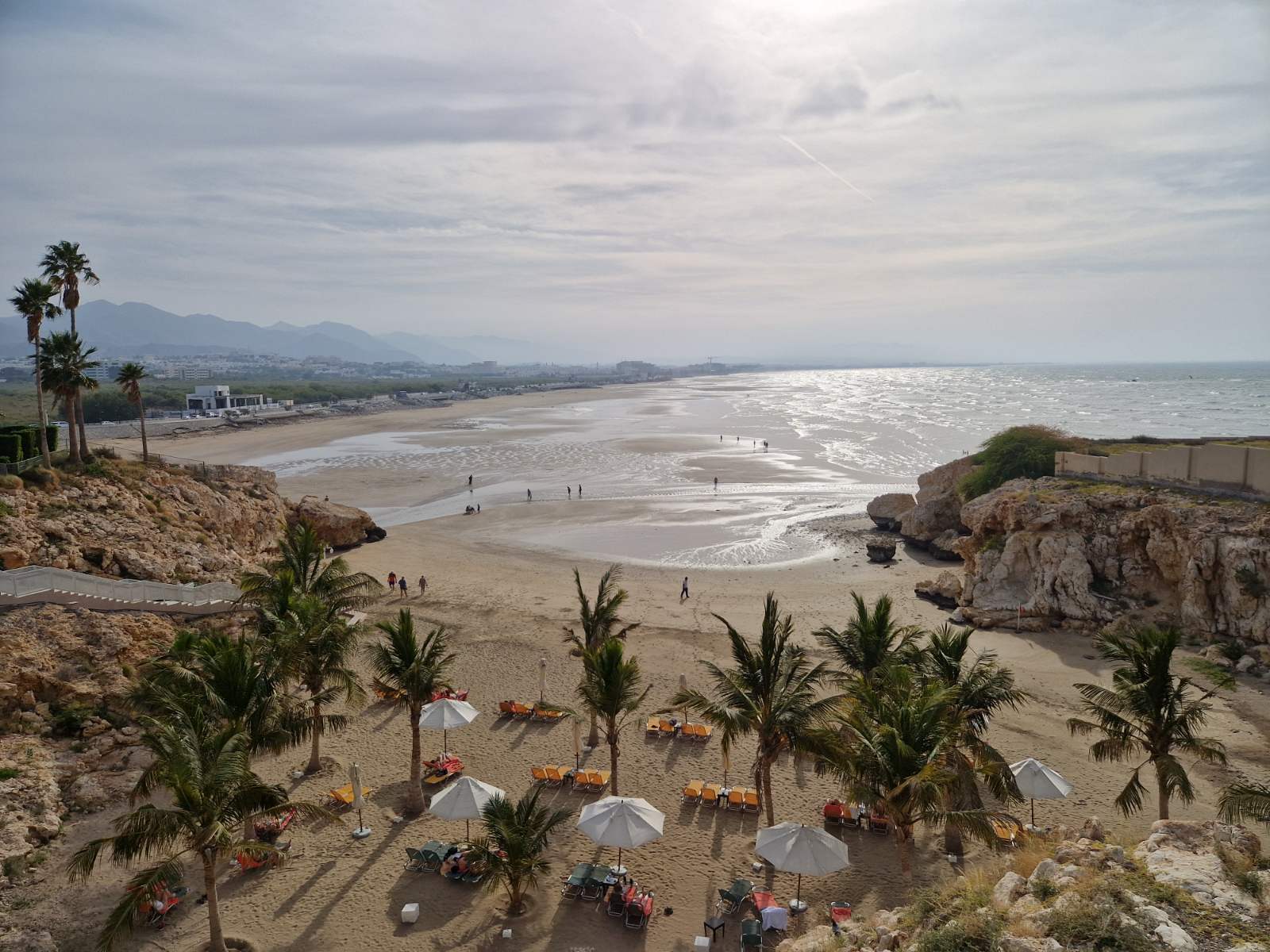
When we arrived at the port, they were already calling out our names and cabin numbers over the public address system. We jumped over the “bridge” in the Costa Toscana like Jack and his mate in The Titanic. In my pocket, instead of a fridge magnet that we didn’t get around to buying, I had a few seashells that I found on the beach.
